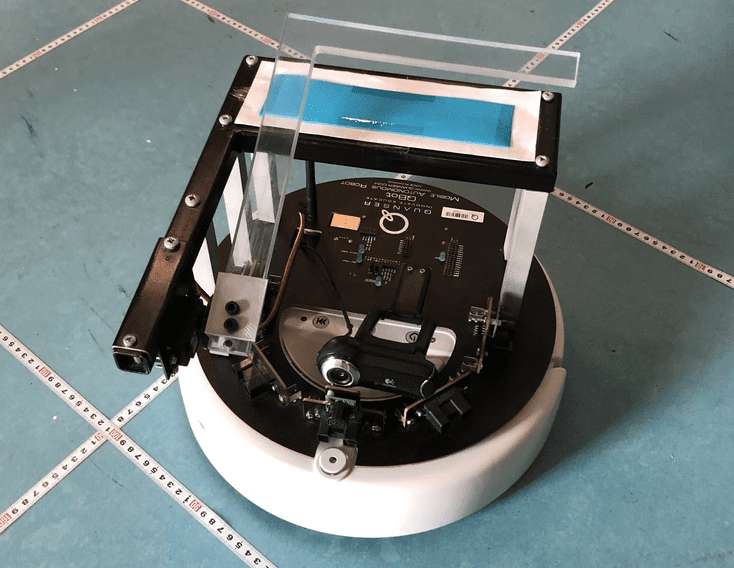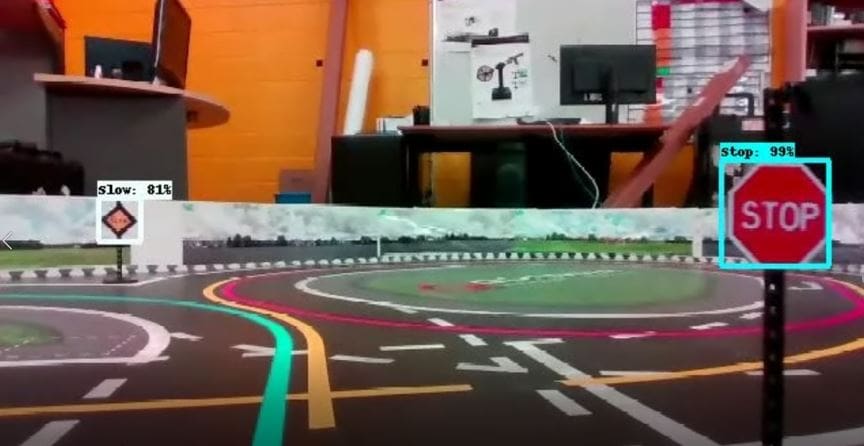
 The annual meeting of the Electrical and Computer Engineering Department Heads Association (ECEDHA) is one of my personal favorite conferences to attend. It’s certainly because it’s a great opportunity to have conversations with the people who are driving the future of ECE education. But there is another reason: the expo floor closes during workshops. That means that unlike at most conferences, I can attend panels and presentations rather than only manning an expo booth.
The annual meeting of the Electrical and Computer Engineering Department Heads Association (ECEDHA) is one of my personal favorite conferences to attend. It’s certainly because it’s a great opportunity to have conversations with the people who are driving the future of ECE education. But there is another reason: the expo floor closes during workshops. That means that unlike at most conferences, I can attend panels and presentations rather than only manning an expo booth.
This year, ECEDHA Annual Meeting placed a strong emphasis on machine learning and big data, and how to apply these fields into ECE education. One of the panel discussions I attended suggested the idea of machine learning (ML) for system modeling. I was instantly ecstatic with the whole concept.
What makes Machine Learning valuable for modeling?
One of the challenges of developing a real-time model of a system is that many systems have non-linear behavior. This type of behavior cannot be easily expressed as an ordinary linear differential equation. That means that developing a transfer function model of non-linear systems is difficult at best, and impossible at worst. There are several approaches to linearizing systems, but they are usually limited to specific forms of nonlinear systems or rely on tight constraints to initial system conditions. But there’s a new way. Let a computer learn to imitate a system and then analyze that model instead. Since we can artificially constrain the model that the ML algorithm will create, we can learn a lot from the results.
Why even teach system modeling?
If machine learning is so great at mimicking real-world systems, why bother with traditional methods like Lagrangian analysis? It is true, the methods for mathematically analyzing systems are complex and often difficult to comprehend. However, there are some foundational skills that students need if they are going to be able to make use of any system model, even one created by a machine. First of all, students need to understand the relationship between different domains; electrical, mechanical, thermal, etc. Second, they need to understand the concept of differential equations and how those apply to frequency domain modeling. Third, they need to understand the concepts behind Fourier and Laplace transforms. These skills are still best learned by modeling real systems the old fashioned way: with lots of math.
What is the future of Machine Learning in education?
Obviously, machine learning will find its way into a wide range of educational applications. New implementations of artificial intelligence may eventually supplant the old methods for system analysis completely. But in the immediate future, I suggest a hybrid approach. Teach students to grasp the behavior of a system, and then let them watch a machine learn to do the same. This approach kills two birds with one stone: motivate students to learn the fundamentals and introduce applied machine learning. As an added bonus, students will have access to better models upon which to base their control designs. In a world where everyone is trying to shoehorn AI and ML into their curricula, this strikes me as an easy fit with amazing potential.




